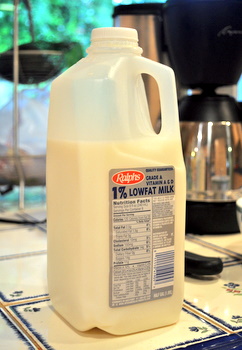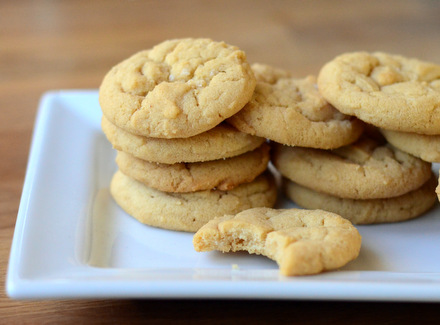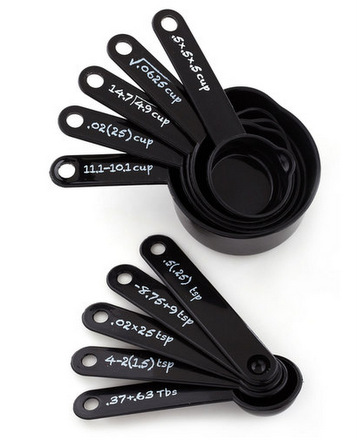
There are many recipes that call for “milk, scalded” on their ingredient lists, including cakes, cookies and breads. This is an especially common instruction in older cookbooks, while it tends to appear slightly less often in more modern baking recipes. This raises the question of whether milk needs to be scalded – and, if so, why does it appear in some recipes and not in others?
The answer is that sometimes milk does need to be scalded, especially for yeast bread recipes. Scalding milk raises milk just to just below the boiling point (180F is the scalding temperature for milk) – higher than the temperature at which milk is pasteurized (161F) – for just a second. Milk will have almost begun to simmer at this point, and will give off steam while small bubbles form at the edge of the pan. Milk can burn and take on an unpleasant flavor very quickly, so it is important to keep a close eye on it while you are scalding it to ensure that it does not boil.
Some people speculate that older recipes called for scalding milk to kill bacteria in the milk, however pasteurization of milk was very widespread by the turn of the 1900s, so scalding was not generally used for this purpose (unless you were starting with raw milk). Milk actually needs to be scalded for baking because it contains glutathione, a tripeptide that softens dough, and scalding the milk destroys it. This means that bread doughs made with the scaled milk will have a firmer, springier texture and they will rise up better as they bake in the oven, leading to a better looking loaf of bread with a softer, airier crumb. The effect can also be seen in cakes, but the less milk a recipe uses, the less noticeable the difference will be in the finished product.
If a recipe calls for scalded milk, the milk should be cooled down to room temperature before using it unless otherwise stated. Instructions might not specify whether you should cool the milk down before using, but it is assumed that the milk will be cooled before going into a batter or dough. Very hot milk could have an adverse effect on a dough because near boiling milk can kill yeast, cook eggs and melt butter, so don’t take a chance with hot milk unless you are working with a recipe that specifically calls for it, as does my favorite Hot Milk Sponge Cake.






Katie
April 9, 2015fyi, glutathione is a tripeptide, not a protein. It may break down under heat, but it isn’t being denatured.
Nicole
April 10, 2015Hi Katie – Thanks so much for the correction! I’ve updated the post.